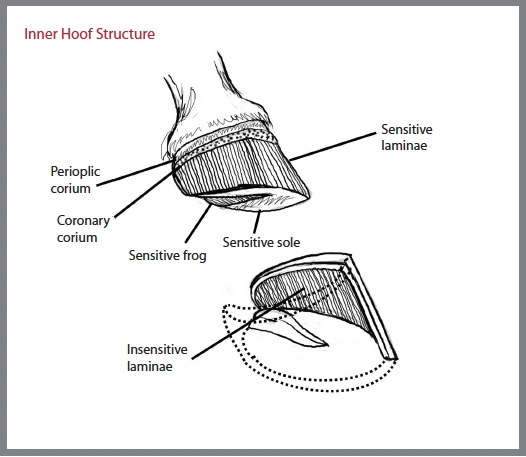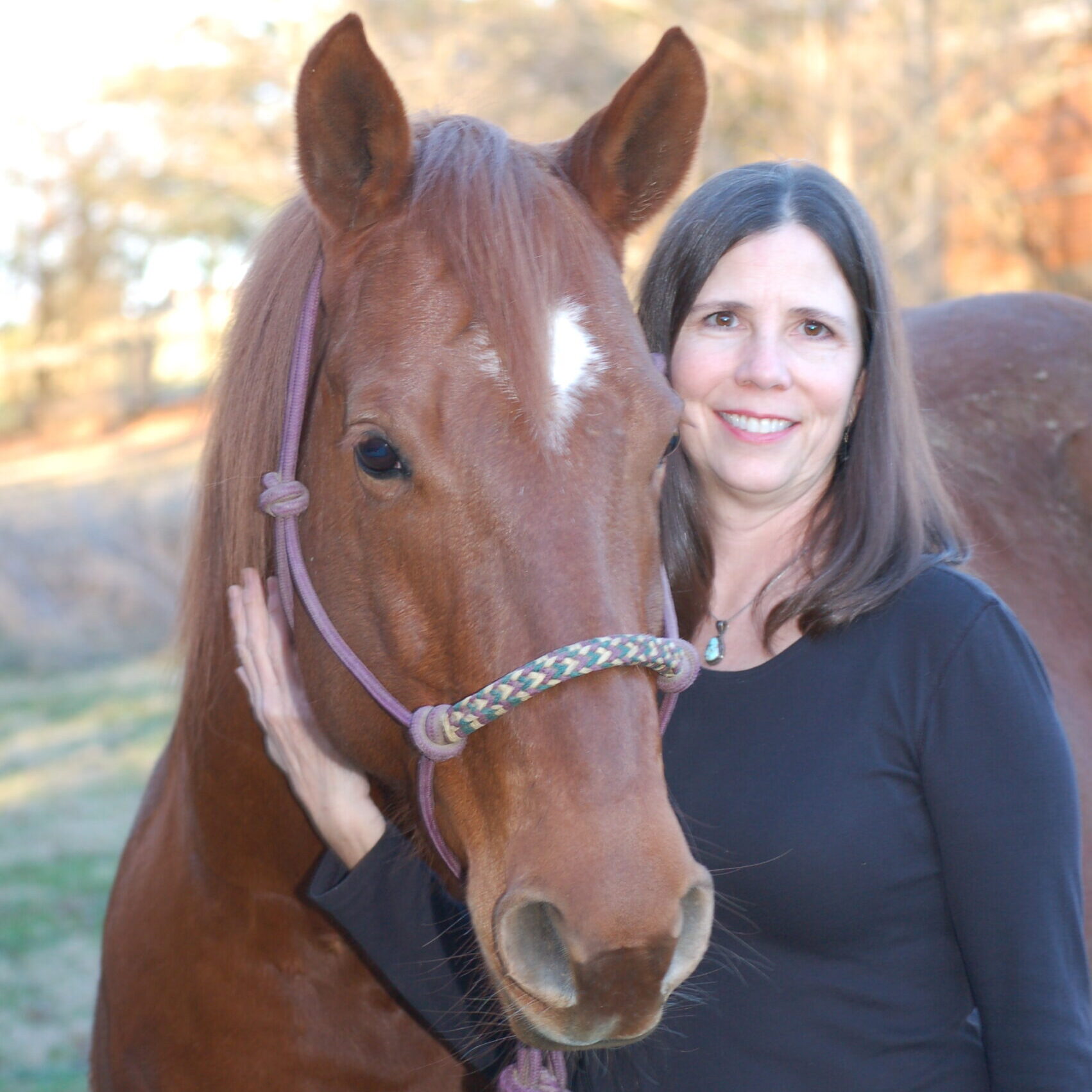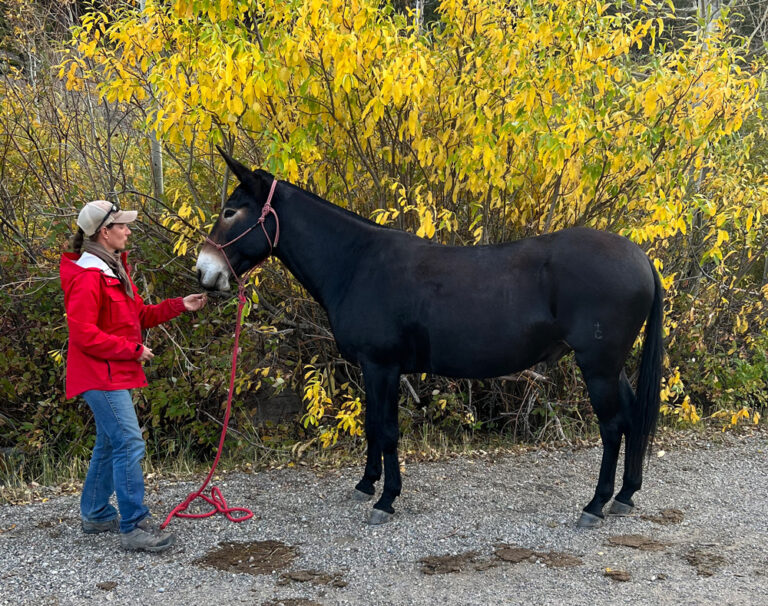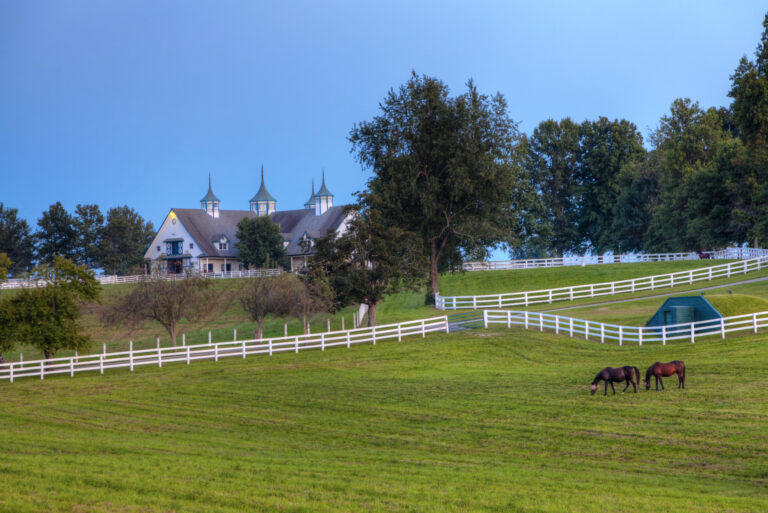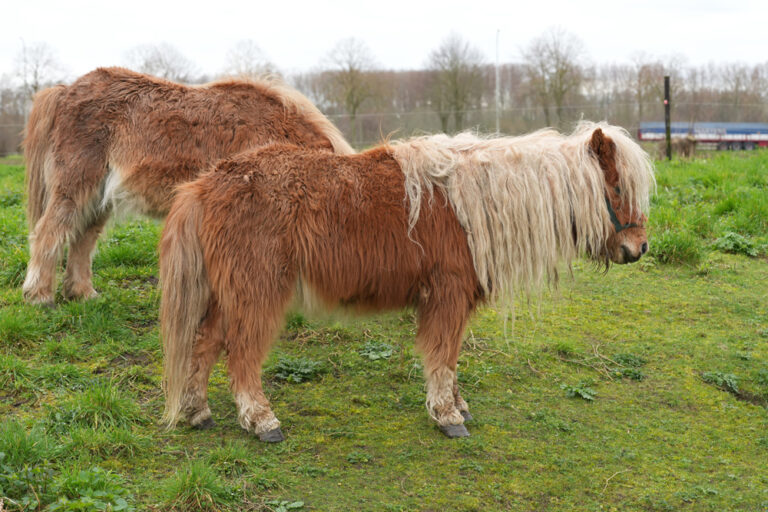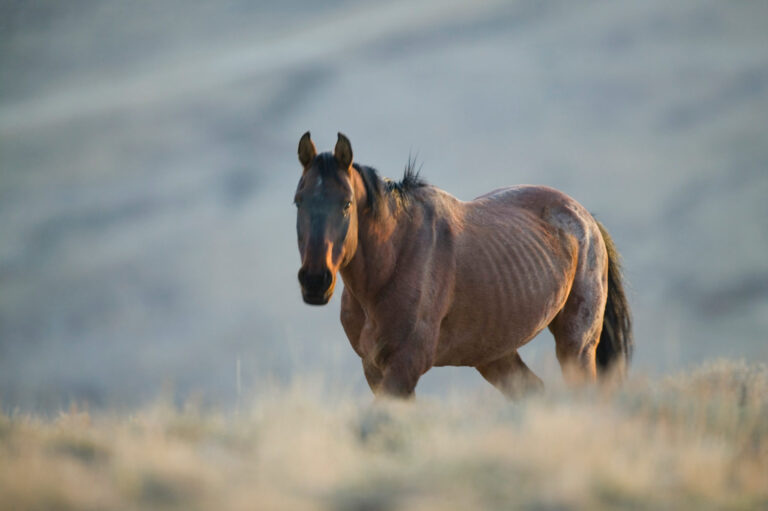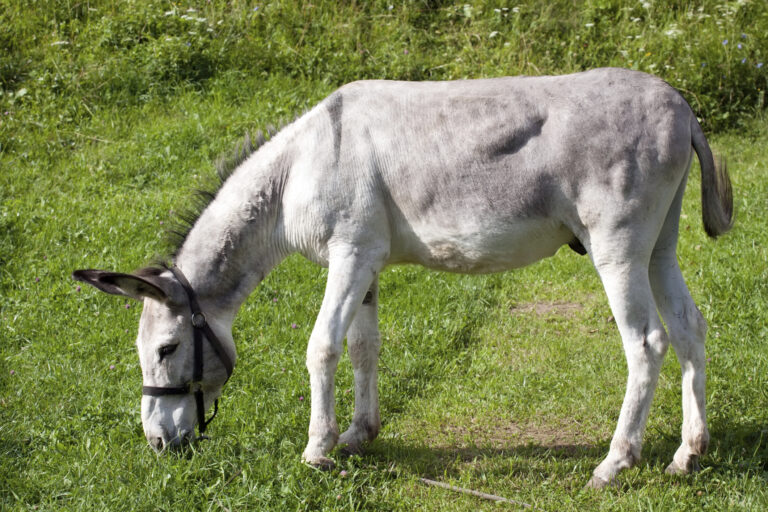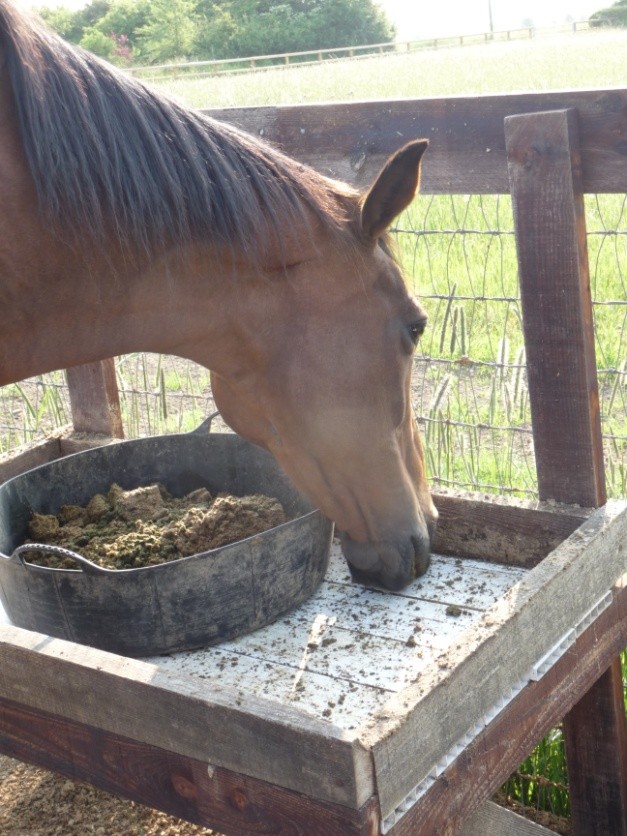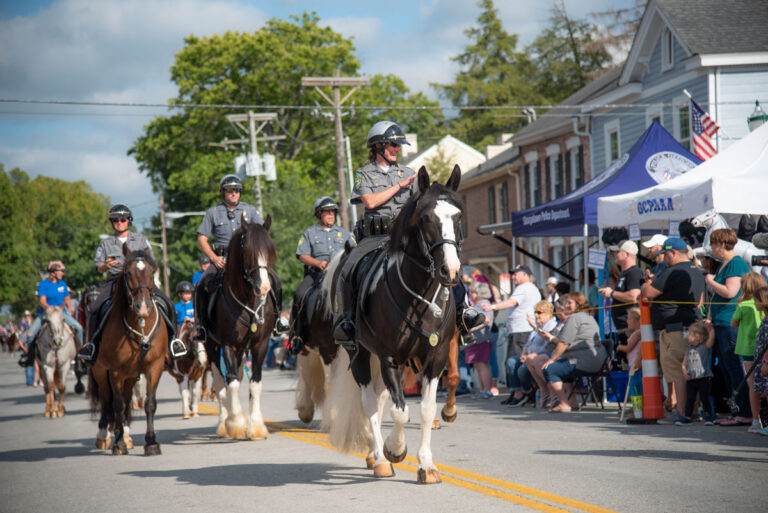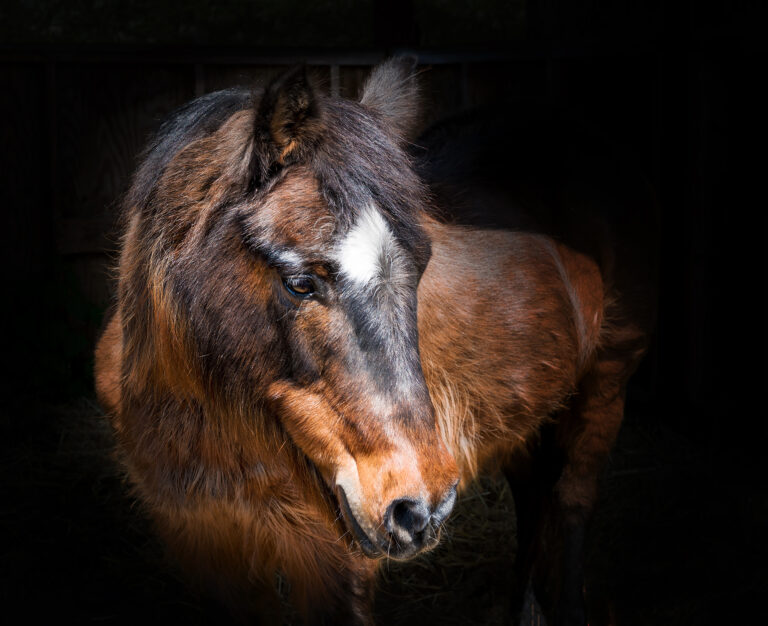Equine laminitis is a painful, complex, and potentially debilitating disease in the hooves of horses, donkeys, and mules (equids). Damage can occur to the laminae (also called lamellae) that hold the coffin bone in place and support the horse’s weight.
Depending on the severity of the initial bout of laminitis, animals can recover to some degree and live productive and pain-free lives. However, once an equid has had laminitis, it is more prone to have future laminitis episodes.
What Are Lamellae?
The lamellae are comparable to what connects your fingernails to your body. Think of putting one-quarter or more of your weight on one fingernail. Then imagine that the connective tissue under the nail is torn or damaged. Then you can imagine equine laminitis.
Management can help minimize repeated episodes of laminitis. Owners with senior horses should remain alert for the signs of laminitis because of the possibility of endocrine issues triggering laminitis episodes.
Equine Laminitis Research
The National Animal Health Monitoring System (NAHMS) survey1 was conducted in 1998. It found one-half of U.S. horse operations reported having at least one horse with lameness in the previous year. That study noted that 13% of farms reported having a horse with laminitis.
A study2 was conducted in the U.K. by the Animal Health Trust in collaboration with the Royal Veterinary College and Rossdales Equine Hospital. It was and funded by World Horse Welfare. The study identified “one in every 10 horses/ponies in that country may develop at least one laminitis episode each year, making it just as common as colic.”
References
- Lameness & Laminitis in US Horses. NAHMS Equine 1998 survey published in April 2000. The open access report can be found at https://www.ivis.org/sites/default/files/library/aaep/2000/277.pdf.
- New research shows laminitis is as common as colic across Great Britain. Rossdales Veterinary Surgeons
Further Reading
- Assessing Your Animal’s Risk of Laminitis. Dr. Edward Knowles. MySeniorHorse.com
- My Senior Horse Podcast: Laminitis Risks. Dr. Edward Knowles. MySeniorHorse.com
- Feeding Horses and Ponies Prone to Laminitis Part 1 and Part 2. Sarah Nelson. MySeniorHorse.com
- What Is Equine Laminitis? Dr. Nicola Menzies-Gow. MySeniorHorse.com
- The Role of Insulin in Equine Laminitis. Dr. Melody de Laat. MySeniorHorse.com
- Research on Ponies and Slow Feeders. Clara Borden. MySeniorHorse.com
- Equine Laminitis, A Common Disease. Kimberly S. Brown. MySeniorHorse.com
- Treating Equine Laminitis. MySeniorHorse.com
- Research Report: Acupuncture in Treating Equine Laminitis. MySeniorHorse.com
-
Kimberly S. Brown is an award-winning writer and publisher. She is the Editorial Director for My Senior Horse. Brown spent 10 years at Equine Network, parent company of My Senior Horse. Prior to that she worked for three years in equine nutrition after she retired from nearly 30 years working at The Blood-Horse. Brown spent the last 15 years of her time at that organization creating and developing The Horse and TheHorse.com.View all posts

